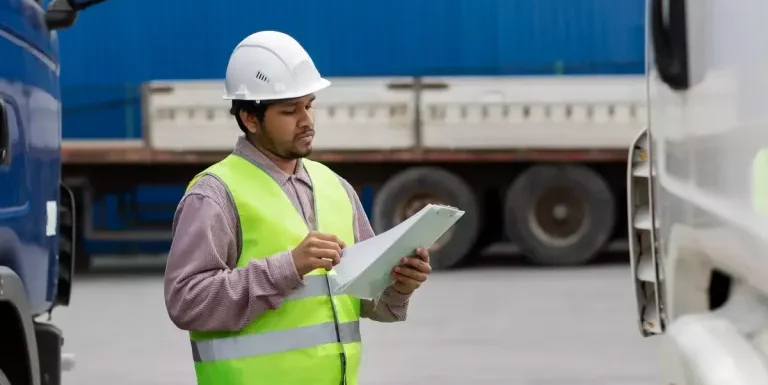
If you’re not familiar with the complexities of international trade and shipping, customs clearance can be a challenging procedure. So, to help you understand the complexity of international trade, we’ll simplify the customs clearance procedure in Canada for you.
Step 1: Understanding the Basics
Before diving into the specifics of customs clearance, it’s crucial to have a basic understanding of what it entails. Customs clearance is the process through which goods are authorized to enter or exit a country. This process involves various checks and regulations to ensure that the imported or exported goods comply with local laws and regulations, including duties, taxes, and trade restrictions.
Step 2: Determining Customs Value
One of the first steps in the customs clearance process is determining the customs value of your goods. This value includes the cost of the goods, transportation costs, insurance, and any other applicable charges. It’s essential to calculate this accurately.
Step 3: Classifying Your Goods
Every product that crosses international borders needs to be classified according to the Harmonized System (HS) code. The HS code is a standardized system used worldwide to classify goods for customs and statistical purposes. Accurate classification is vital as it determines the applicable duties and regulations for your goods.
Step 4: Creating the Documentation
There is a lot of paperwork involved in clearing customs, and several documents are required.
Step 5: Applying for Canada Border Services Agency (CBSA) Registration
It is necessary to register with the CBSA before importing or exporting items. You will receive a Business Number (BN) or an Import/Export Account after registering. This number is necessary for clearing customs and paying taxes.
Step 6: Making Tax and Duties Payments
The CBSA will determine the duties and taxes on your products as they reach the Canadian border. You must pay these fees to get your products released.
Step 7: Inspection by Customs
Your cargo may occasionally be subject to a customs examination to ensure that the paperwork is accurate and that your items adhere to Canadian laws. To prevent delays or fines, make sure that your documentation is accurate.
Step 8: Complete Delivery and Release
Your products will be made available for delivery after the customs clearance process is finished and all costs have been paid.
Step 9: Maintaining Records
For compliance and audit purposes, keeping complete records of all customs-related transactions is essential. For a minimum of six years, you must keep copies of all paperwork and documents pertaining to your imports and exports.
Customs clearance may appear to be a difficult and complicated procedure, but with the proper information and planning, it can be made more manageable. This is where Clearit customs clearance solutions come in handy.








